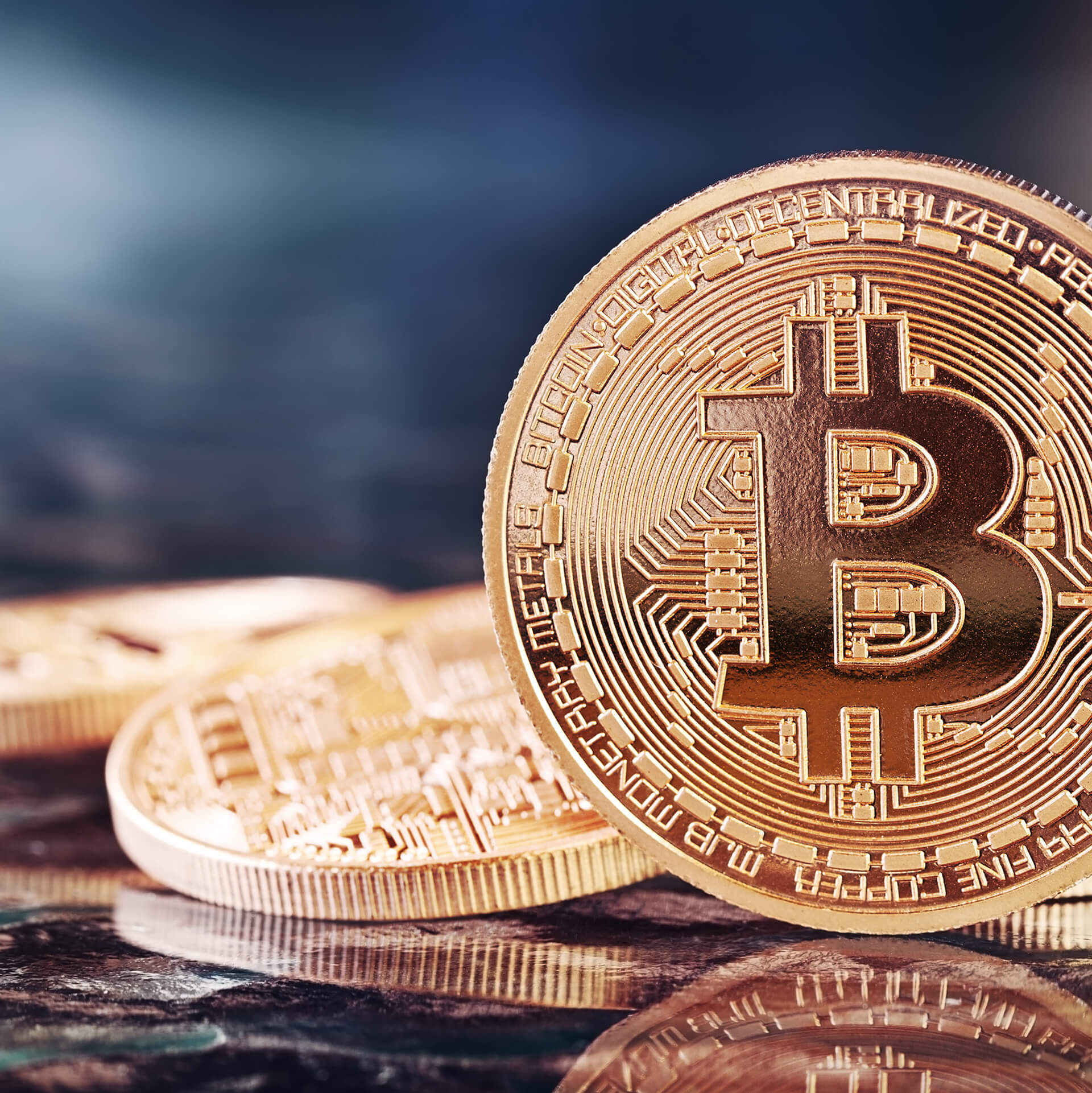
Silver Spot Price vs Retail
Silver Spot Price vs Retail : What Investors Need to Know
If you’ve ever tried buying physical silver, you’ve probably noticed something confusing: the price you pay is always higher than the “silver spot price” you see quoted online.
Understanding this difference — and what drives it — is essential for making informed investment decisions and avoiding costly mistakes.
What Is the Silver Spot Price ?
The Silver Spot Price represents the current market price for one troy ounce of pure silver for immediate delivery. It’s determined by continuous trading on global commodities exchanges such as the London Bullion Market Association (LBMA) and COMEX in New York.
Silver’s price is shaped by both industrial and investment demand. Unlike gold — which is driven primarily by monetary and investment factors — silver’s spot price reacts to multiple forces:
- Industrial demand: Electronics, solar panels, medical devices, and automotive technology.
- Investment demand: Physical coins and bars, ETFs, and futures contracts.
- Economic indicators: Inflation, currency strength, and global growth expectations.
- Supply trends: Mining output, recycling, and government sales.
Spot prices update constantly, reflecting real-time global supply and demand.
Why Retail Silver Costs More
When you buy physical silver, you’ll always pay more than the spot price. The difference is known as the premium — the extra cost covering production, logistics, and dealer operations.
Here’s what drives those premiums:
- Manufacturing costs: Refining, minting, and quality assurance.
- Dealer markup: Covers overhead, insurance, and profit margins.
- Distribution and logistics: Secure transport and storage.
- Market conditions: Tight supply or surging demand can send premiums soaring.
During times of stress — such as the 2020 pandemic or major financial shocks — silver premiums can jump dramatically as dealers scramble to maintain inventory.
Silver Premiums: The True Cost of Ownership
Typical bullion premiums range from 2% to 15% above spot, though they can spike to 50%+ during high-demand periods.
- Product type: Bars usually have lower premiums than coins; government-minted coins (like U.S. Silver Eagles) command higher ones due to authenticity and liquidity.
- Size and quantity: Larger bars often mean lower per-ounce costs.
- Market volatility: Premiums expand when fear or speculation heats up.
For instance, during 2020, silver outperformed gold by nearly 50%, and premiums on physical products skyrocketed as supply chains broke down — a clear reminder that real-world demand can diverge sharply from paper prices.
Spot vs. Retail: What It Means for Investors
Understanding this spread matters more than many realize:
- Entry and exit costs: Your true breakeven isn’t the spot price — it’s spot plus premium. If spot was $24 and you paid $28, silver must rise roughly 17% for you to break even.
- Timing: Silver’s higher volatility than gold means both spot and premiums fluctuate sharply, creating opportunities — and risks.
- Product selection: Choosing highly liquid, widely recognized bullion helps minimize exit costs later.
Why You (Nobody) Can’t Buy at Spot
Spot prices reflect large, institutional trades — often 5,000-ounce contracts — that settle without physical delivery.
Retail investors, on the other hand, are buying small, fabricated products that require refining, minting, certification, and shipping. Even major wholesalers pay above spot when sourcing from refineries.
In short: the spot price is the foundation, but the retail price reflects the real-world economics of turning raw silver into a tangible investment.
Smart Silver Strategies
To invest intelligently:
- Calculate total cost of ownership — include premiums, storage, and insurance.
- Watch premium trends — they can reveal supply tightness or market stress.
- Stick with liquid products — well-known bars and coins are easiest to sell.
- Think long term — silver’s dual industrial and monetary role gives it both cyclical upside and defensive power.
Silver’s Premium Is the Price of Tangibility
The difference between the silver spot price and what you actually pay isn’t a hidden markup — it’s the cost of owning something real.
In a financial world awash in paper promises and digital abstractions, that premium buys more than metal. It buys security, independence, and permanence — qualities that paper assets can’t match.

Gold Bulls Market
Gold News of Bull Market
After nine consecutive weeks of higher prices, the gold market looks set to end the week in negative territory following a dramatic and volatile selloff.
The precious metal started the week with renewed bullish momentum, closing at a record high above $4,355 an ounce on Monday. However, a wave of selling pressure early Tuesday at the London market open quickly turned into a tsunami, with gold and silver seeing their biggest one-day drops in years.
While the precipitous decline has cooled exuberant bullish momentum in the yellow metal, some analysts note that the technical damage has been limited, as prices have managed to hold critical near-term support at $4,000 an ounce — at least for now.
Gold is poised to end the week above $4,100 an ounce as inflation pressures remain relatively subdued, albeit at elevated levels. At the same time, preliminary data from the University of Michigan show that consumer sentiment has fallen to its lowest level in five months. Spot gold last traded at $4,112.20 an ounce, down 0.32% on the day and more than 3% lower than last Friday.
“Gold bulls were injected with confidence this afternoon after cooler-than-expected inflation figures reinforced bets over the Fed cutting rates next week,” said Lukman Otunuga, Manager, Market Analysis at FXTM. “Interestingly, the technical picture is veering in favour of bears, with weakness below $4,050 opening a path toward $4,000 and lower.”
Although gold appears to be entering a new period of consolidation — similar to the price action seen between May and August after prices broke above $3,000 an ounce — analysts note that the fundamental drivers that have propelled gold prices more than 60% higher this year remain in place.
Michael Brown, Senior Market Analyst at Pepperstone, said he expects gold prices to trade between $4,000 and $4,400 an ounce in the near term, with risks skewed to the upside as global government debt continues to grow at unsustainable levels and central banks keep increasing their gold reserves.
“The bull market is far from dead; instead, it's just taking a bit of a breather,” he said. “What we’ve seen in recent trade looks to be the culmination of a parabolic rally that went too far, too fast, and ultimately ended up pulling back in aggressive fashion, as new longs bailed and those who’ve been in the trade for some time sought to book profits.”
Gold’s recent volatility looks more like a constructive correction than a reversal,” he said. "The longer-term narrative of ongoing inflation risks, strong central bank buying, persistent geopolitical uncertainty, and expectations of further Fed rate cuts remains intact. Prices might spend time ranging between $4,000 and $4,200 as new positions build, but the structural factors pointing toward higher gold remain convincing. The move from $4,100 to $5,000 could take longer than the explosive leg that preceded it, but this move could attract dip-buying interest looking to take advantage of short-term weakness.
Ryan McIntyre, Managing Partner at Sprott Inc, said that it is difficult to see gold prices moving materially lower as geopolitical and economic uncertainty remain elevated. The comments come as the U.S. continues to negotiate with China to make a trade deal; meanwhile, President Donald Trump has called off all trade talks with Canada.
“The safe-haven uncertainty trade is still alive and well,” he said.
U.S. economic data will once again be limited next week as Congress remains unable to pass new funding legislation; however, the main event remains the Federal Reserve’s monetary policy decision.
Although inflation remains relatively elevated above the central bank’s 2% target, many analysts and economists do not expect it to inhibit the current easing cycle. According to the CME FedWatch Tool, markets fully expect the Federal Reserve to cut interest rates by 25 basis points next week. Markets are also pricing in another rate cut in December.
Some analysts have said that with gold holding support above $4,000 an ounce, the market has already priced in the Federal Reserve’s easing path.

Digital Currencies Are Viable. What’s Next?
Over the last couple of years, the digital currencies of the world have earned their place under the sun.

Bitcoin Banned in Kuwait
According to the country’s Ministry of Finance, the biggest cryptocurrency will not be legitimized in Kuwait. This means that

Ethereum Classic: Was It Worth It?
One of the best known stories in the crypto-community is that of the Ethereum split. Faced with a very
